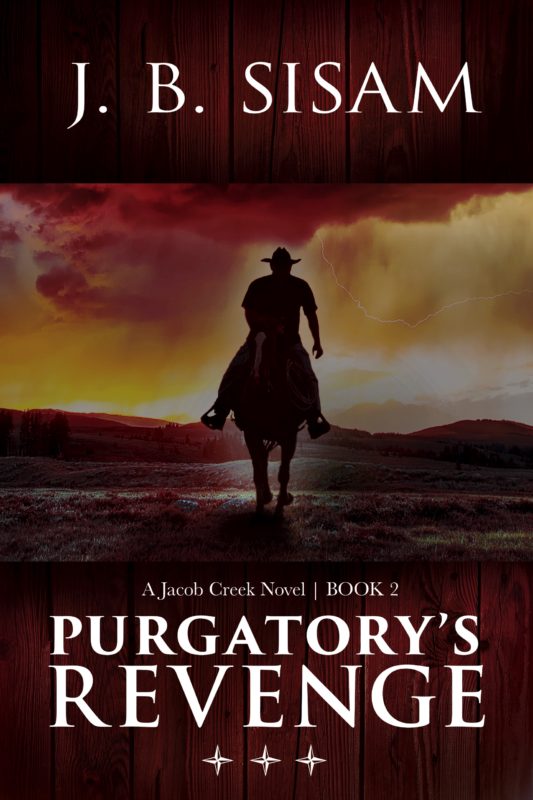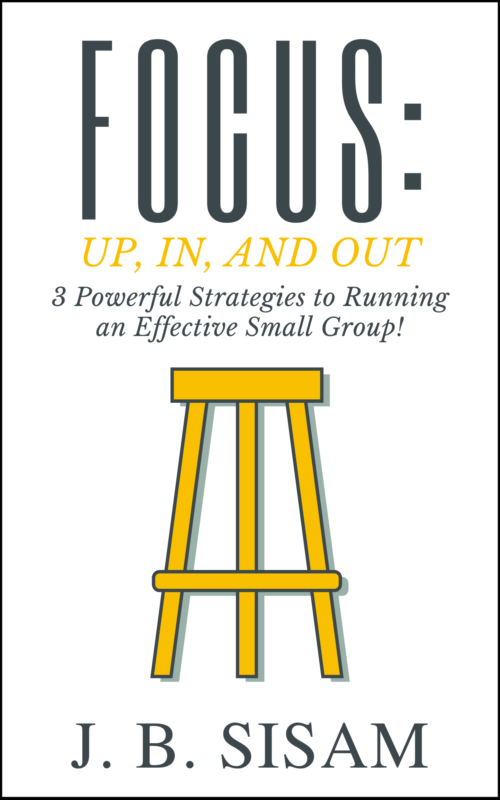Writing a book is a very satisfying accomplishment, but also a time-consuming ordeal. How do you get your book written in a timely manner? Should you outline or simply fly by the seat of your pants?
I am working on releasing my sixth book in a couple of weeks and outlining has been the single most important tool I use for writing books. Simply because I am working toward getting some books out of me and onto paper, one thing I’ve been asked is, “How do you keep your book organized and written in such a short time?”
The answer is simpler than it seems–an outline. Now, there are several types of outlines you can do, but one is more familiar than the others.
I know what you might be thinking; I hate outlining! Trust me, I’m with you, I hate outlining too. But without a good outline, you won’t have a clue where you’re headed next in your book.
When I wrote Divine Providence, I did not use a traditional outline, rather I used a simple bullet list. Today, I now use a visual plot board outline.
1. Traditional Outline.
When people think of outlining they think of the very trusted traditional outline. I remember having to put one of these together for our thesis in college. I hated every moment of it.
But in case you need a refresher, here’s a traditional outline format.
- Chapter 1
- Point 1
- Sub point
- Sub point
- Sub point
- Point 2
- Point 3
- Point 1
- Chapter 2
This style of outlining can be very effective, depending on how detail oriented you are. The thing I do like about a traditional outline, you get to practically write your book in a detailed bullet format. And you can be as detailed as you want and go as deep with sub-points as you want.
2. Simple Bullet/synopsis Outline. (my personal favorite)
This one has been a favorite of mine since leaving college. When I first began attempting to write a book–it will never see the light of day–I had no direction in what I was writing. By the time I got to chapter 2, I had written nearly half of my story. I didn’t know how to draw it out.
So, after doing some research on the internet I couldn’t find any information on writing a book outline. Now, this was in the days when the internet was still new and there wasn’t much information available. Google didn’t even exist yet.
I eventually developed a simple bullet point outline for my books. It begins with the chapter number, a short description, followed by a longer description.
Chapter 1: Jacob and Sarah return to Purgatory’s Creek
Chapter plot: Jacob Creek finished Seminary school and takes his wife and daughter back to Purgatory, the town he left after his father’s death, to take over the town church and school.
The nice thing about this style of writing–and the next point–you’ll have an idea of what you’re writing, but it gives you freedom to fly by the seat of your pants. You can take the synopsis to a new level by actually writing out 250 words depicting everything that you desire to be inside each chapter. This is something I learned from James Patterson’s Master Class. If someone were to read one of my synopsis outlines, they’d get an idea of what the whole book is about.
3. Story Board Outline. (The one I’m trying for my next book.)
This is the outline tool I learned about a couple years ago at the Minnesota Christian Writer’s Guild. We invited author Erica Vetsch to speak on an author’s panel on the topic of outlining. She brought in her Story/Plot board. This board allows you to visually see what it is you’re writing.
As I began writing out the outline for my new novel, I used the simple bullet outline to start. This gave me an idea of what I wanted for the book. I needed to know, from beginning to end, how the book would begin and end.
Without those two things, every book will fail.
So what is a plot board?
It’s a simple science project board broken up into 20 sections. Each section is representative of a chapter. Then underneath I have two sets of six boxes on either side of the board.
| INTERNAL |
EXTERNAL
|
|
Goals:
|
Goals:
|
|
Motivation:
|
Motivation:
|
|
Conflict:
|
Conflict:
|
What do Internal and External mean?
The Internal are the inward emotions, thoughts, goals and conflicts that your character will feel throughout your story. The External are those same goals, motivations and conflicts that are shown from an external perspective.
Internal – what your characters are feeling.
External – how your characters react to those feelings and life situations.
This can also work for non-fiction books. The Internal is what goals, motivations and conflicts of interest you want the reader to feel. The External are those same goals, motivations and conflicts you want the reader to use to change their life.
Using the 20 chapter squares, you can use post-it notes to write down what happens in each chapter. I use different colored post-it notes for each character. This helps me see, at a glance, what I need to focus my attention on next.
Right now, I’ve set-up my hand drawn board into Evernote and use that as a template. Now, wherever I go, I have my board with me and can write as ideas come to my mind.
It doesn’t matter what style of outline you use. What matters is you use an outline. Simply taking the time to navigate where it is you’re headed before you write, you’ll have a better grasp of where you’re headed as you navigate the waters of writing.
Pick one of the outlines above, see how they work for you. I guarantee if you begin outlining that book you’ve been working on the past five years, you’ll get it written in no time.




 Jason (J.B.) Sisam. Best-selling Amazon author of the Christian Early Reader book,
Jason (J.B.) Sisam. Best-selling Amazon author of the Christian Early Reader book, 







LEAVE A COMMENT HERE:
Please note: I reserve the right to delete comments that are offensive or off-topic. Also, this is a clean website, use of any language is not tolerated and your post will be deleted.